52+ Sample Hold Harmless Agreements
-
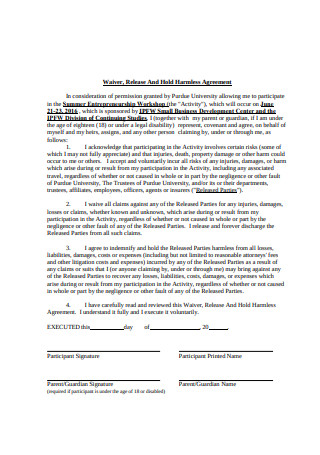
Hold Harmless Agreement
download now -
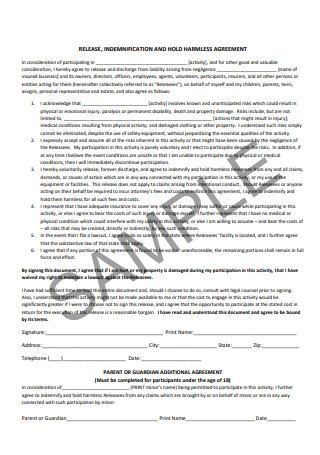
Idemnification and Hold Harmless Agreement
download now -

Landlord Hold Harmless Agreement
download now -

Property Hold Harmless Agreement
download now -
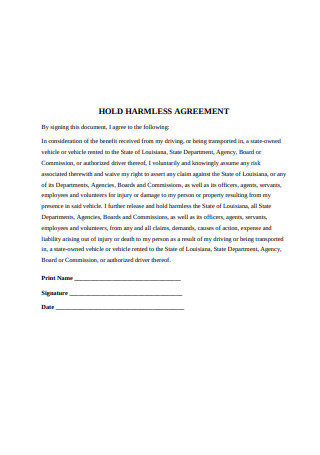
Hold Harmless Agreement Format
download now -
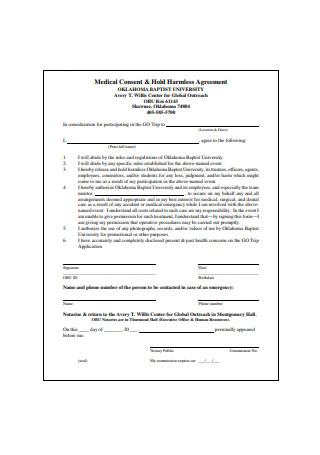
Medical Hold Harmless Agreement
download now -
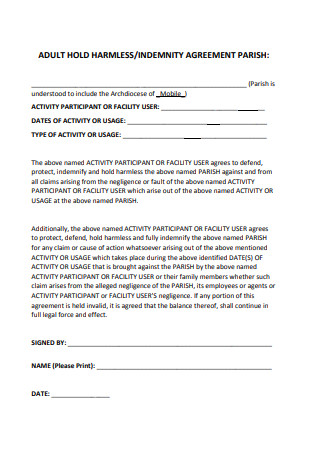
Adult Hold Harmless Agreement
download now -
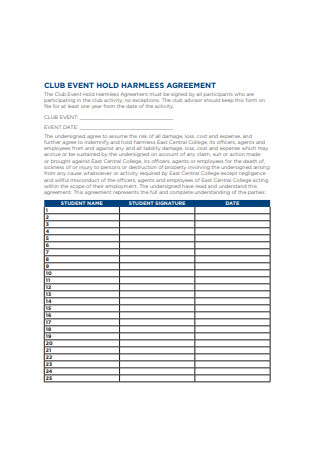
Club Event Hold Harmless Agreement
download now -
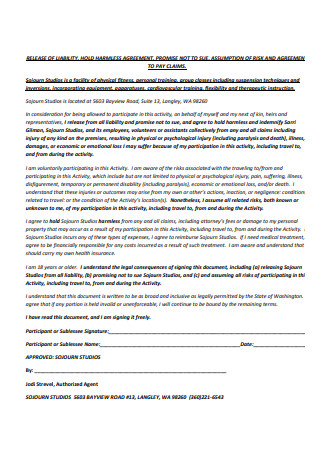
Release of Liability Hold Harmless Agreement
download now -

Rental and Hold Harmless Agreement
download now -

Equipment Rental Hold Harmless Agreement
download now -
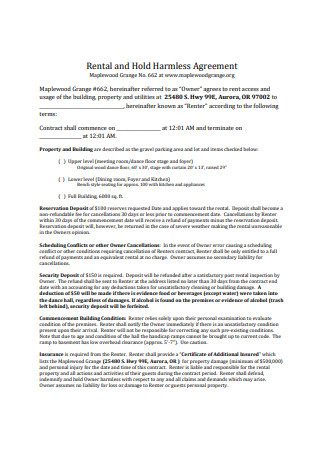
Rental Hold Harmless Agreement Format
download now -
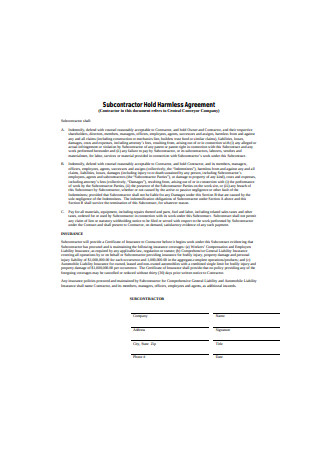
Subcontractor Hold Harmless Agreement
download now -
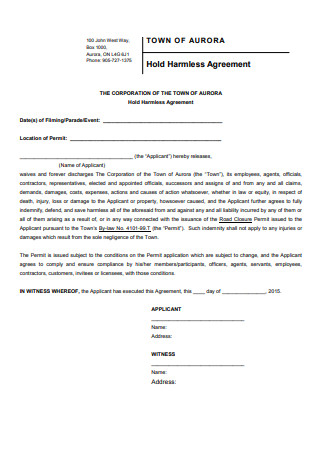
Sample Hold Harmless Agreement
download now -
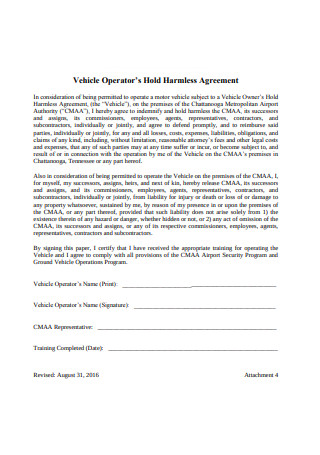
Vehicle Hold Harmless Agreement
download now -
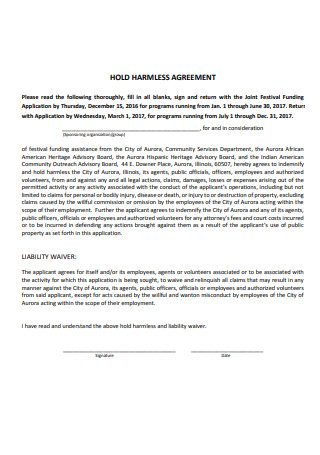
Basic Hold Harmless Agreement
download now -
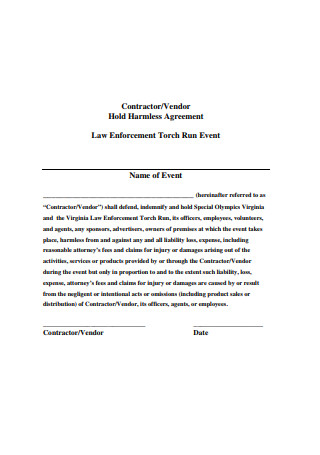
Contractor Hold Harmless Agreement
download now -
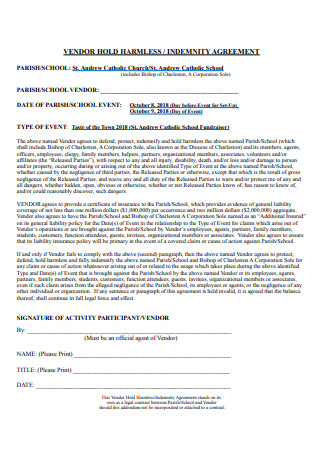
Vendor Hold Harmless Agreement
download now -
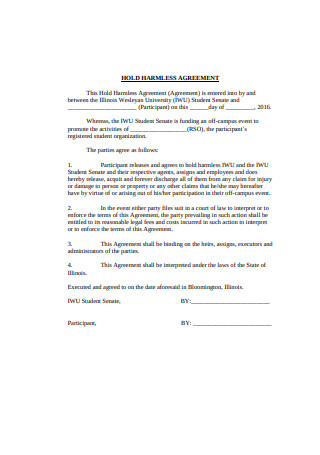
Sample Hold Harmless Agreement Format
download now -
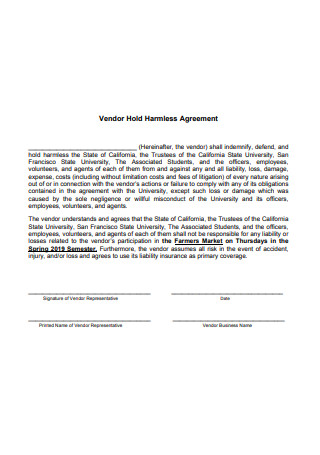
Vendor Hold Harmless Agreement Format
download now -
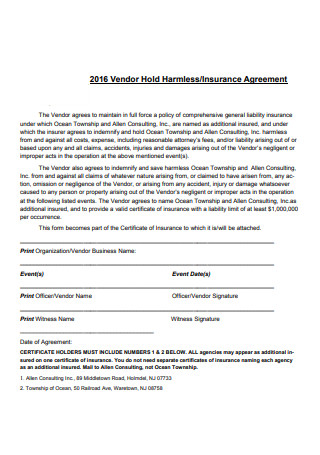
Sample Vendor Hold Harmless Agreement
download now -
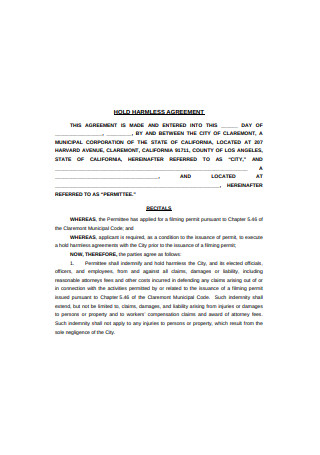
Hold Harmless Agreement Sample
download now -
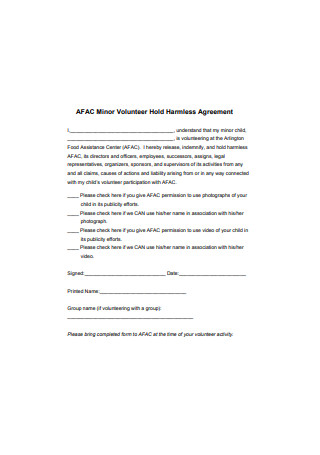
Volunteer Hold Harmless Agreement
download now -
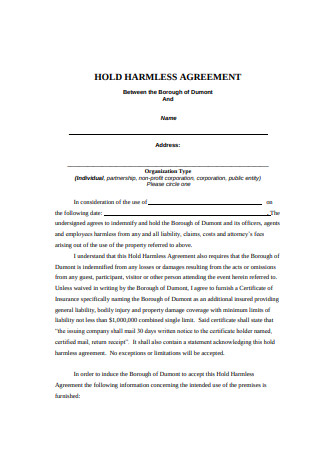
Standard Hold Harmless Agreement
download now -

Volunteer Workers Hold Harmless Agreement
download now -
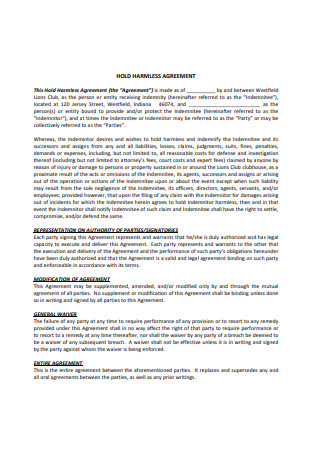
Basic Hold Harmless Agreement Format
download now -
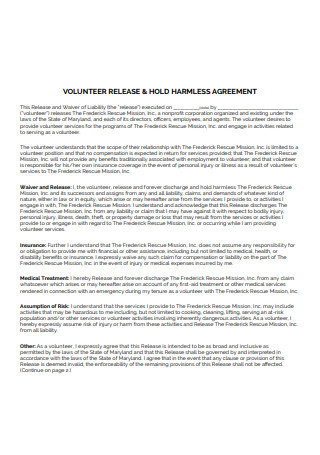
Sample Volunteer Hold Harmless Agreement
download now -
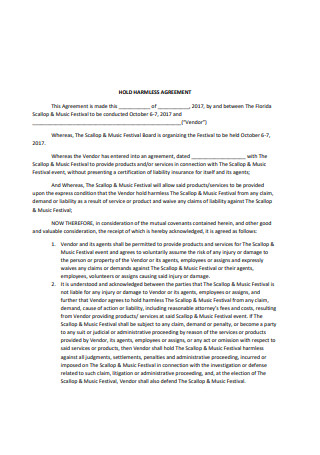
Simple Hold Harmless Agreement
download now -
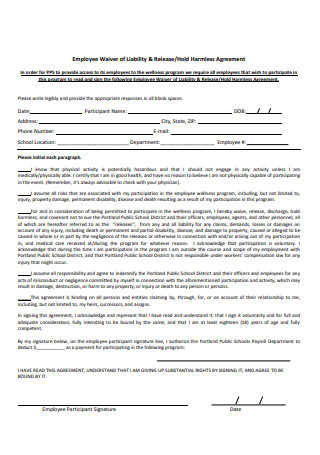
Employee Hold Harmless Agreement
download now -
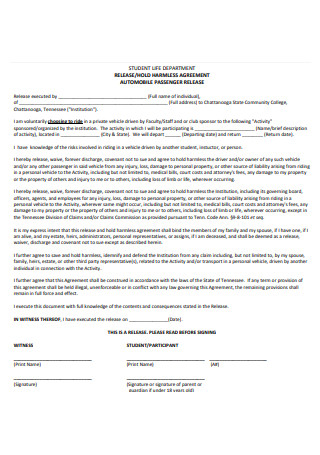
AutoMobile Hold Harmless Agreement
download now -
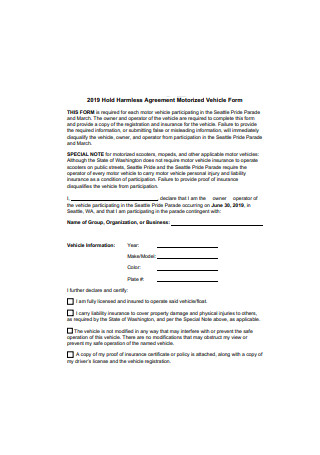
Hold Harmless Agreement Motorized Vehicle Form
download now -
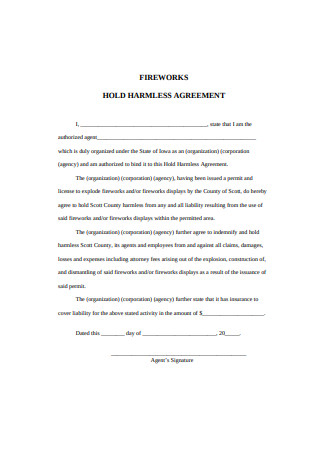
Hold Harmless Agreement Example
download now -
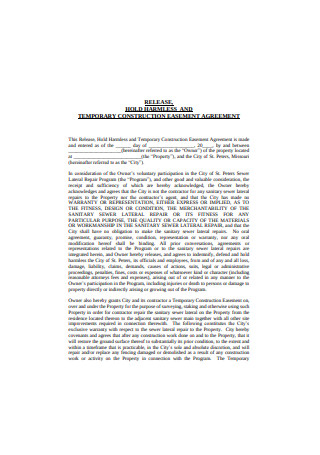
Construction Hold Harmless Agreement
download now -
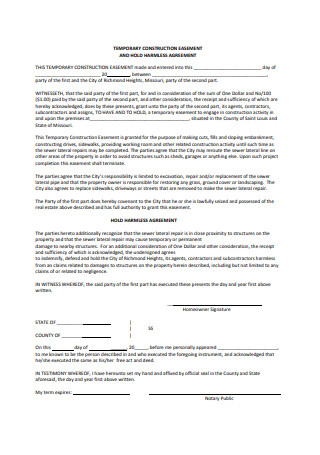
Construction Hold Harmless Agreement Format
download now -
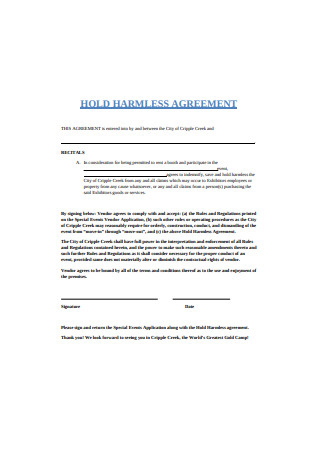
Generic Hold Harmless Agreement
download now -
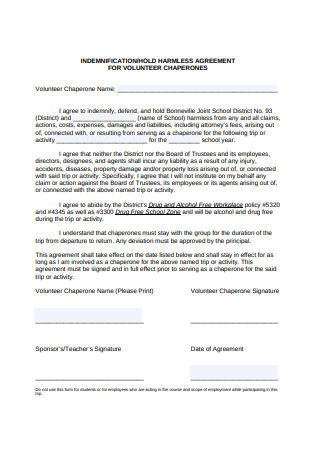
Volunteer Hold Harmless Agreement Format
download now -
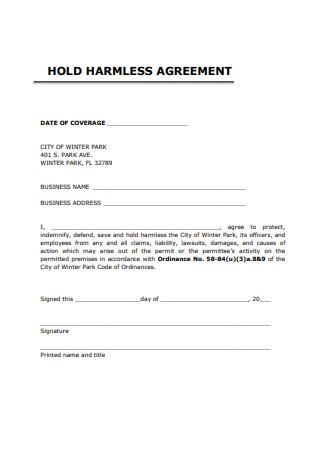
Basic Hold Harmless Agreement Example
download now -

Indemnity and Hold Harmless Agreement
download now -
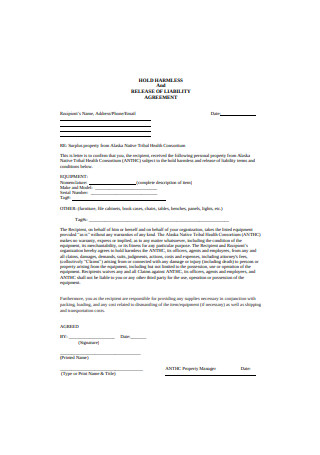
Simple Hold Harmless Agreement Format
download now -

Hold Harmless and Insurance Agreement
download now -
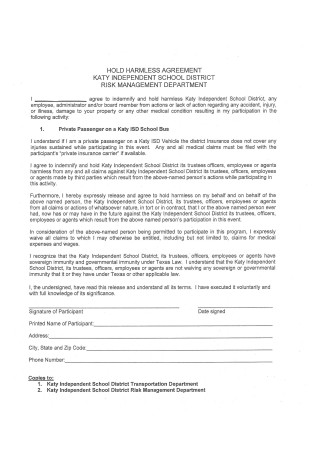
Hold Harmless Agreement Form
download now -
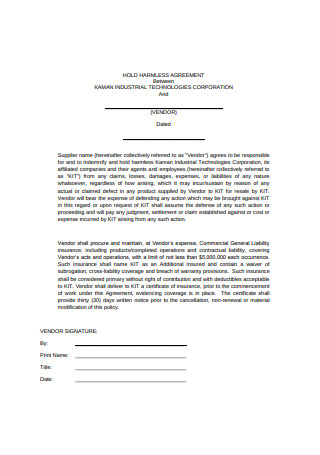
Standard Hold Harmless Agreement Format
download now -
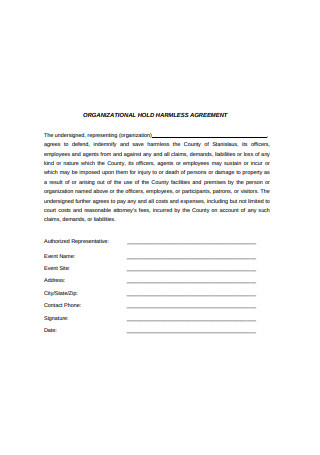
Organizational Hold Harmless Agreement
download now -
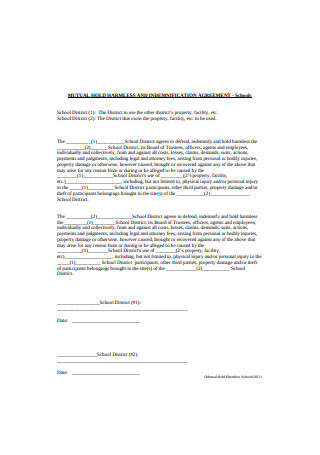
Mutual Hold Harmless and Indemnification Agreement
download now -
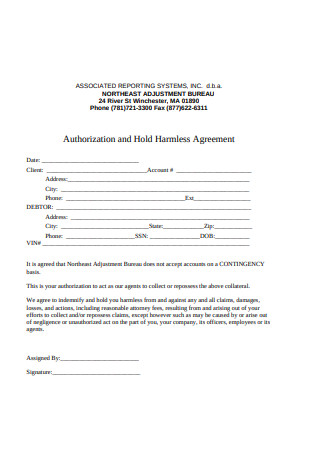
Authorization and Hold Harmless Agreement
download now -
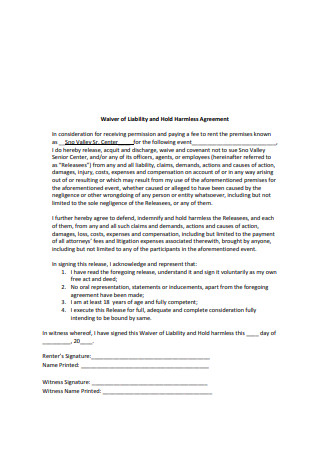
Waiver of Liability and Hold Harmless Agreement
download now -

Basic Hold Harmless Agreement Sample
download now -
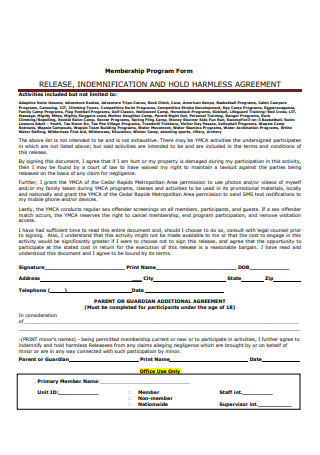
Indemnification and Hold Harmless Agreement Format
download now -
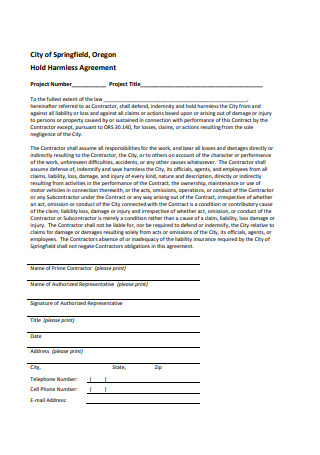
Printable Hold Harmless Agreement
download now -
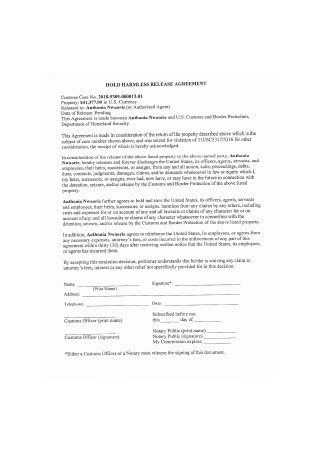
Hold Harmless Release Agreement
download now -

Standard Hold Harmless Agreement Example
download now -
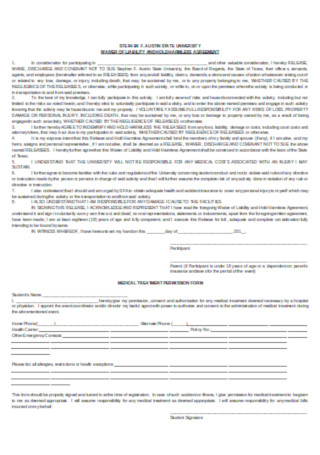
Waiver Liability and Hold Harmless Agreement
download now -
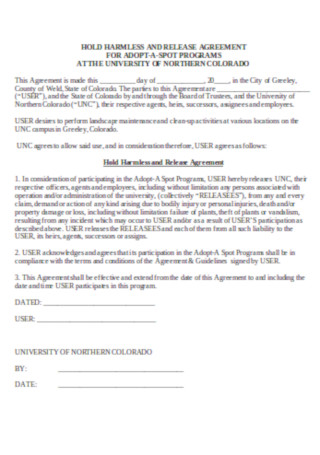
Hold Harmless and Release Agreement
download now
FREE Hold Harmless Agreement s to Download
52+ Sample Hold Harmless Agreements
What is a Hold Harmless Agreement?
Specific Languages Used in Hold Harmless Agreements
How to Create a Hold Harmless Agreement?
FAQs
Aside from construction, where can you use hold harmless agreements?
Are hold harmless agreements valid in court?
What is the difference between indemnify and hold harmless?
Who is the indemnitee and who is the indemnifier?
What is a Liability Waiver?
What is a Hold Harmless Agreement?
A hold harmless contract is a provision usually used in construction contracts. It is a clause that protects one party against liabilities caused by the other. Subcontractors often provide this contract to builders and contractors as a form of insurance. The stipulations of a hold harmless agreement allows a contractor to claim indemnity in case a subcontractor or his workers get into an accident. The idea of indemnity is to hold someone harmless in case a business suffers loss or damage. For example, a contractor delegates a project to a subcontractor. The contractor may claim indemnification against expenses, damages, loss, and liability caused by the activities being done to complete a project. In other words, the subcontractor agrees to be liable for the consequences of his actions, freeing the contractor from any liability.
There are three classifications of hold harmless agreements in construction: limited form, intermediate form, and broad form. A limited form is an agreement where the subcontractor will only be accountable for a portion of the liability, depending on what his specific duties were. An intermediate form is an arrangement where a subcontractor is liable for all his actions but will not be held accountable for the contractor’s liabilities. A broad form is a contract where the subcontractor is liable for all the damages done not only by him, but also by the contractor.
Specific Languages Used in Hold Harmless Agreements
Hold harmless agreements will comprise specific languages that you must understand before signing one. Here are some examples:
How to Create a Hold Harmless Agreement?
According to the Associated General Contractors of America, the construction industry contributes structures that amount to $1.3 trillion annually to the U.S. economy. The industry comprises about 680,000 employers and 7 million workers. As we’ve mentioned earlier, hold harmless agreements are often used in construction. With that big number of employers and employees in the industry, a hold harmless agreement will be practical for every independent contractor agreement that is made. So, follow the steps below to create a hold harmless agreement.
Step 1: Provide the Necessary Information
This may include the name of the person to be “held harmless”, the individual signing the contract, the entity offering protection, the kind of protection, and the time frame. There are three classifications of protection that a hold harmless contract covers: general, services, and property use. In construction, the agreement usually covers services.
Step 2: Include the Specific Languages
Typically, a hold harmless contract will have specific languages. The other terms that usually contain a hold harmless agreement, aside from what were mentioned above, are the: definition of terms, indemnification exemptions, indemnification authorization, defense assumption, failure to defend, etc. If you are not sure about your draft, it is better to ask for assistance from a lawyer.
Step 3: Write a Statement of Acknowledgement
In the last section of the agreement, the contractor will agree to indemnify or hold the owner harmless for any liability such as disease, sickness, property damage, death, or injury. Every state might require the specific languages mentioned above to address the issue. Therefore, it is important to ensure that all your provisions are valid with the help of an attorney.
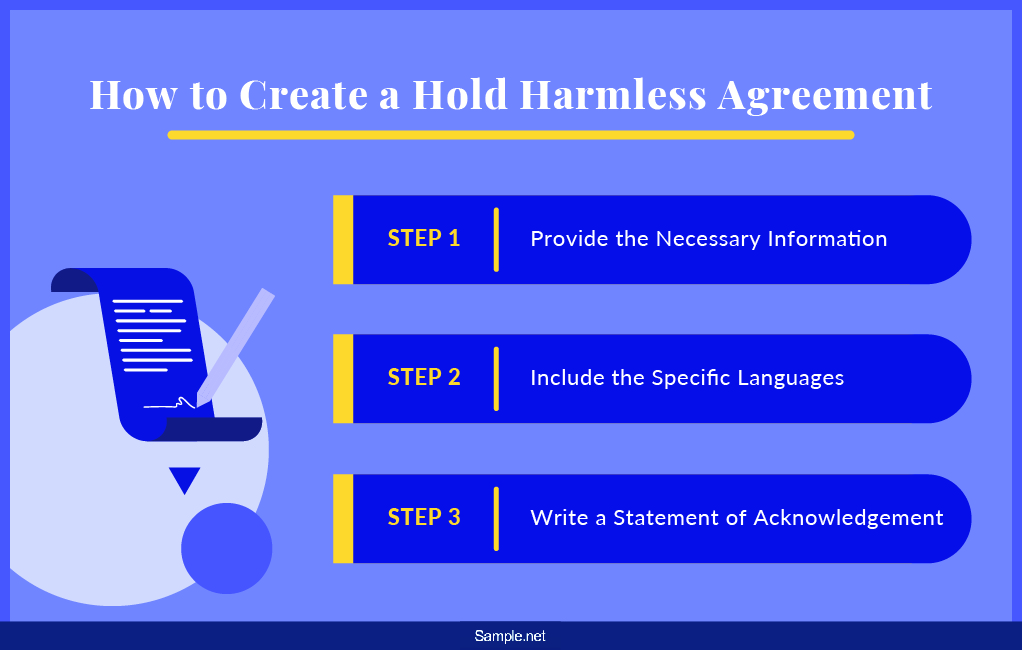
FAQs
Aside from construction, where can you use hold harmless agreements?
Hold harmless agreements can also be used in real estate, sports, amusement, venue rentals, and services. In real estate, a portion of the rental contract incorporates a statement about holding an owner harmless against libel. In sports, athletes such as marathon runners, baseball players, divers, and other high-risk sports players sign a liability waiver. When we talk about amusement, some companies that offer amusement services such as horse riding, skydiving, and others require the individual to sign a waiver and recognize the danger the activity involves. Moreover, when a group of people decides to rent a venue for a special event, the owner lets them sign a release form in case an accident happens during the event. Lastly, with service providers, most commonly, the employer will let the employee sign a waiver that is similar to a hold harmless clause.
Are hold harmless agreements valid in court?
This depends on every state. Some states might not uphold contracts that are too broad in their language concerning liabilities. Some states may have laws that are against indemnification, which forbids the use of hold harmless agreements in certain scenarios. It is better to consult a lawyer to know if your contract is enforceable.
What is the difference between indemnify and hold harmless?
The difference between these two clauses may vary from state to state. Most people treat these clauses as the same, even if they have differences. For that reason, it is crucial to create contracts as specific as possible. Indemnity clauses may be more specific than hold harmless clauses, that is why lawyers recommend that both provisions be incorporated in a contract.
Who is the indemnitee and who is the indemnifier?
An indemnitee is a person needing protection against liabilities that he/she may suffer while doing a project or an activity. An indemnifier is a person who pays for the damages or losses that the indemnitee has suffered while doing an activity.
What is a Liability Waiver?
A liability waiver is a contract between a customer and a business. It informs a customer of the risks involved in an activity. When he/she signs the agreement, the participant acknowledges the reality of the danger and accepts it. Also, the customer waives his/her entitlement to sue the business for physical injuries he/she might sustain during the activity.
The main goal of a hold harmless agreement is to protect one party from being held liable for the other party’s actions. In our example earlier, a hold harmless contract will protect a nanny from suffering the damage she did not put herself into. This may also be true in other situations. Accidents may happen in construction, in real estate, or in sports. That is when a hold harmless agreement becomes very useful because it is a contract suitable for risky situations.
